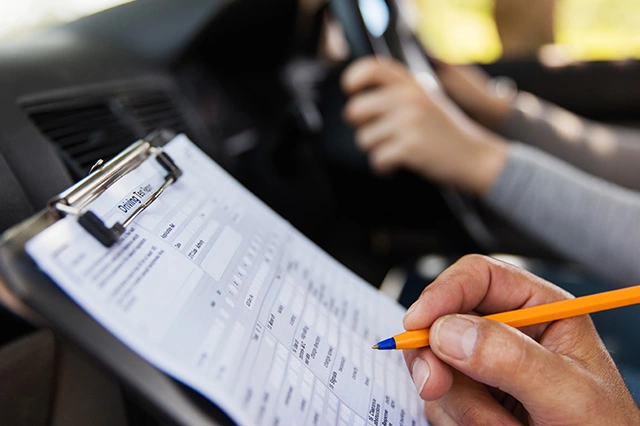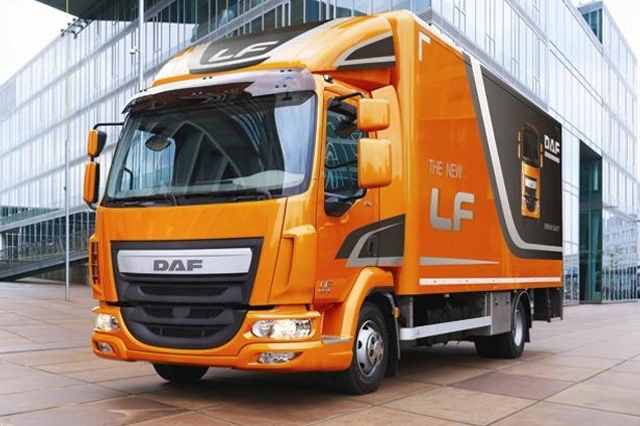Vehicle telematics is a multifaceted technology that integrates telecommunications and informatics to provide a variety of functions and services in vehicles. It’s primarily used for monitoring vehicle location, movements, status, and behaviour.
Telematics technology is extremely popular amongst couriers, taxi drivers, fleets, lorry’s and convicted drivers looking to reduce their policy costs.
Components of Vehicle Telematics
- Telematics Device: This is usually a small box installed in the vehicle, containing a GPS unit, an onboard diagnostics (OBD) port connector, and a SIM card for cellular communication.
- Data Collection: The device collects data via the vehicle’s OBD port, which provides access to a range of information from the vehicle’s computer systems, including speed, distance travelled, fuel consumption, and engine health.
- GPS Tracking: The GPS unit within the device tracks the vehicle’s location, direction, and speed. This is crucial for services like real-time tracking, geo-fencing, and route optimization.
- Wireless Communication: The device uses mobile networks to transmit data to a central server. This allows the vehicle’s data to be accessed remotely through a computer or smartphone application.
Functions and Services
- Vehicle Tracking: Provides real-time location data, useful for fleet management, stolen vehicle recovery, and personal vehicle monitoring.
- Driver Behavior Analysis: Monitors driving patterns like acceleration, braking, and speed to assess driver behavior, often used in telematics insurance and fleet management to encourage safe driving practices.
- Vehicle Health Monitoring: Reports on vehicle diagnostics, maintenance needs, and alerts for potential issues, helping to prevent breakdowns and extend vehicle life.
- Fuel Efficiency Monitoring: Tracks fuel consumption patterns to identify ways to reduce fuel usage, crucial for cost savings and environmental impact in fleet operations.
- Emergency Assistance: In the event of a crash or breakdown, some telematics systems can automatically alert emergency services with the vehicle’s location and status.
- Geo-fencing: Allows operators to set geographical boundaries and receive alerts when vehicles enter or leave these areas, useful in logistics and fleet management.
Applications
- Fleet Management: Businesses use telematics to manage fleet operations, improve efficiency, reduce costs, and ensure compliance with regulations.
- Insurance: Telematics is used in usage-based insurance models to tailor premiums based on actual driving behavior.
- Logistics and Transportation: Enhances route planning, cargo monitoring, and provides critical data for supply chain management.
- Personal Vehicles: Offers features like navigation assistance, roadside assistance, vehicle diagnostics, and theft protection.
Technology Evolution
- Advancements in IoT and AI: Integration with the Internet of Things (IoT) and advancements in artificial intelligence are expanding the capabilities of vehicle telematics, offering more sophisticated analytics and predictive capabilities.
- 5G Connectivity: The emergence of 5G networks promises to enhance the capabilities of telematics systems with faster, more reliable, and more efficient data transmission.
In summary, vehicle telematics represents a convergence of various technologies to provide comprehensive monitoring and management capabilities for vehicles.
Hugely popular amongst taxi fleets and courier fleets. It’s a rapidly evolving field with wide-ranging applications, from enhancing personal vehicle safety and maintenance to optimizing complex logistics and fleet operations.







